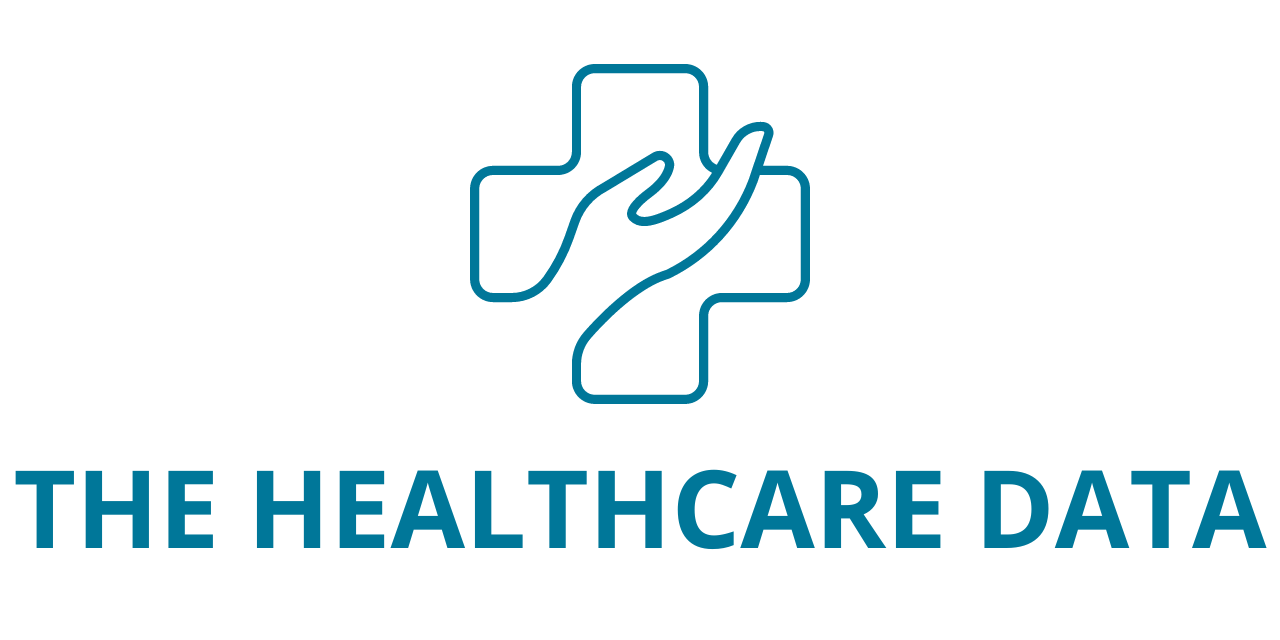Quince Therapeutics, Inc. (Nasdaq: QNCX), a biotechnology company focused on utilizing patients’ own biology to treat rare diseases, has announced the online publication of data from its Phase 3 ATTeST (Ataxia-Telangiectasia Trial with the EryDex SysTem; #IEDAT-02-2015/NCT02770807) clinical trial in The Lancet Neurology. The study evaluates the safety and efficacy of EryDex (dexamethasone sodium phosphate encapsulated in autologous erythrocytes) for treating Ataxia-Telangiectasia (A-T).
“The results of this study highlight EryDex’s promising efficacy and safety for treating A-T, a rare pediatric condition with significant unmet needs and no approved treatments,” said Dirk Thye, M.D., CEO and CMO of Quince. “These findings bolster our confidence in the ongoing pivotal Phase 3 study of EryDex, which focuses on younger patients experiencing the most rapid clinical decline, along with older participants.”
The Lancet Neurology Publication Highlights
The publication, Safety and efficacy of intra-erythrocyte dexamethasone sodium phosphate in children with ataxia-telangiectasia (ATTeST), details the Phase 3 ATTeST trial results. Key highlights include:
- ATTeST was the largest A-T study completed to date, involving 175 participants across 22 institutions in 12 countries.
- The trial was a randomized, double-blind, placebo-controlled study assessing EryDex’s safety and efficacy at two dose levels.
- After six months of treatment, no serious safety issues commonly linked with chronic corticosteroid use were observed, with no cases of hyperglycemia, hypertension, hirsutism, or cushingoid appearance.
- The primary efficacy endpoint, measured by the change in modified International Cooperative Ataxia Rating Scale (mICARS), showed a reduction in neurological symptoms with high-dose EryDex. Though not statistically significant overall (p=0.077), a significant reduction was noted in the per-protocol population (p=0.019).
- Subgroup analysis indicated significant symptom reduction in patients aged six to nine years, with changes of -2.8 and -4.4 in mICARS scores (p=0.019 and p=0.002, respectively).
- Treatment delays, including those caused by the COVID-19 pandemic, may have affected overall results. About 35% of the modified intent-to-treat population missed doses due to these delays.
“The publication underscores the potential for EryDex as a treatment for A-T, highlighting the urgent need for age-stratified clinical trials,” said Dr. William Whitehouse from the University of Nottingham.
Quince is currently enrolling patients in the pivotal Phase 3 NEAT study, which will include approximately 86 children aged six to nine and 20 older patients. Results are expected in late 2025, with potential regulatory submissions in 2026. EryDex has received Fast Track designation from the FDA due to its potential to address high unmet needs in A-T.
About Ataxia-Telangiectasia (A-T)
A-T is a genetic neurodegenerative disorder caused by mutations in the ATM gene, leading to progressive neurological decline and a median lifespan of 25-30 years. There are no approved treatments for A-T globally.
About EryDex
EryDex combines dexamethasone sodium phosphate encapsulated in autologous red blood cells to minimize the adverse effects of corticosteroid use. This approach aims to provide effective treatment while reducing toxicity, leveraging Quince’s AIDE technology for improved drug delivery.
About Quince Therapeutics
Quince Therapeutics (Nasdaq: QNCX) focuses on harnessing patient biology to treat rare diseases through innovative biotechnology solutions.





